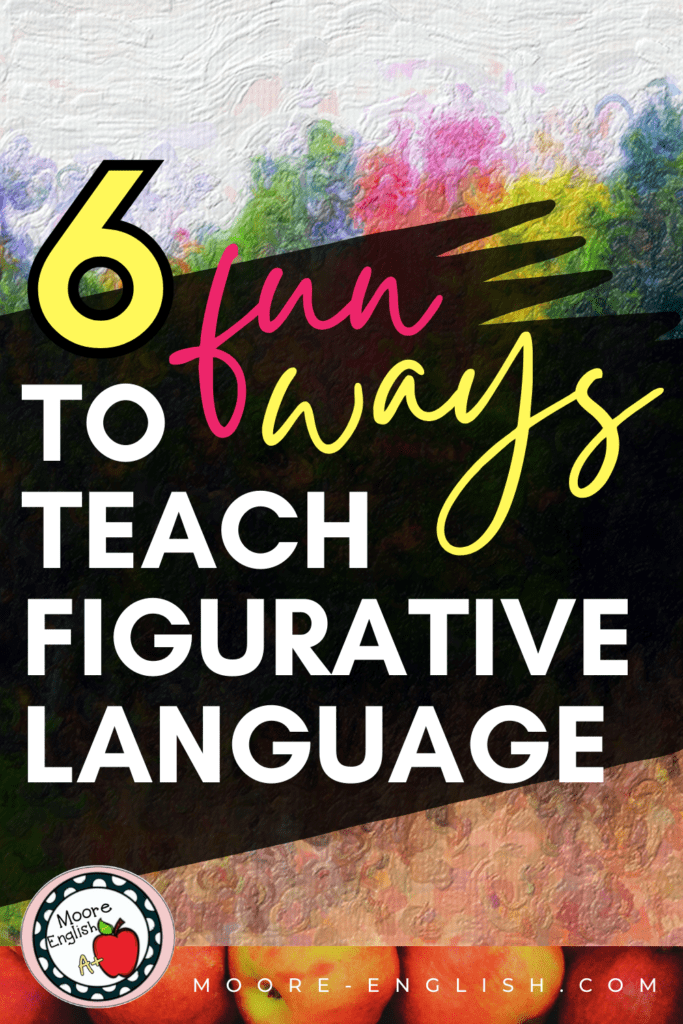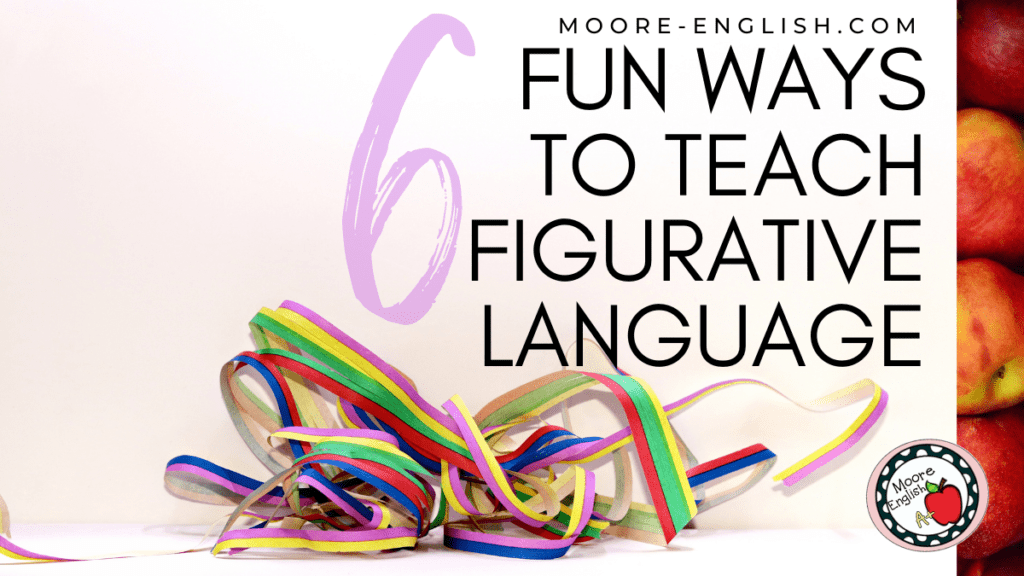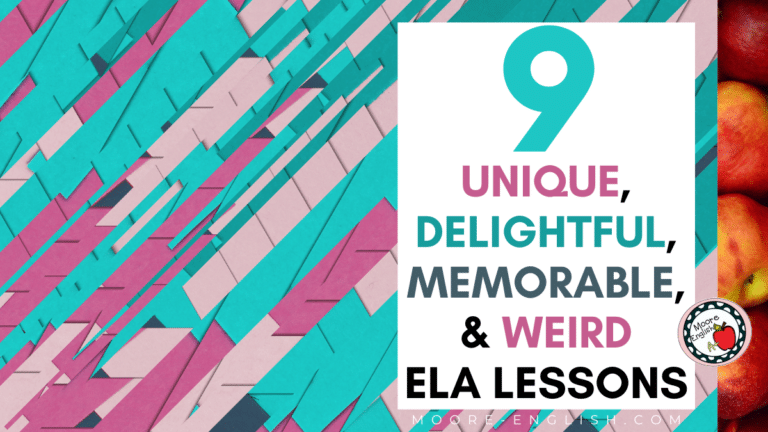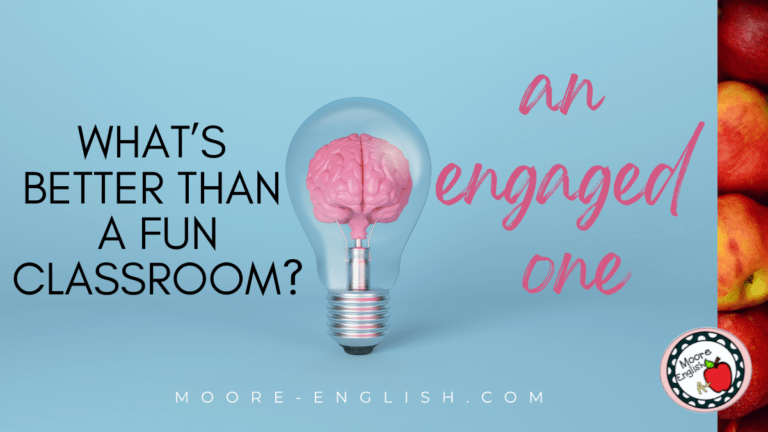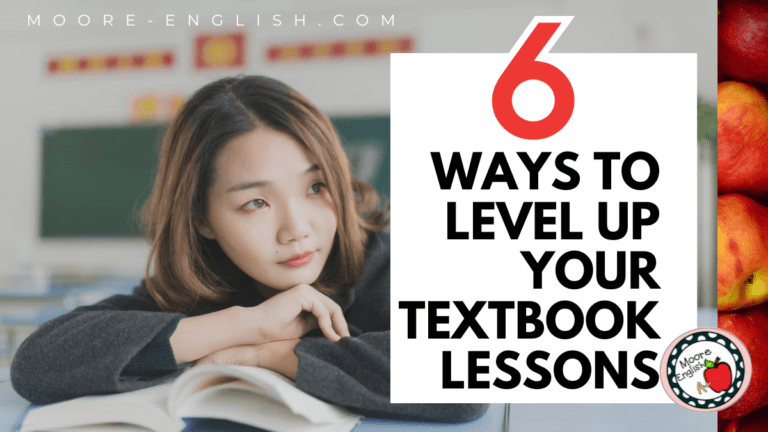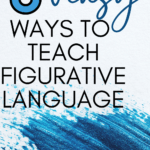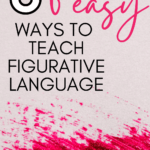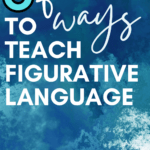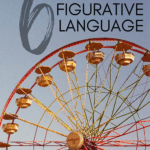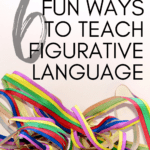Figurative language and literary devices are often at the heart of literary analysis. For students, these concepts can be tricky because there are so many different literary terms to learn! Over the years, I’ve collected some favorite tools and tricks to help students practice with different literary devices!
This post this post may contain affiliate links. Please read the Terms of Use.
Literary Devices Listening Guides
Ted-ed makes some of the best educational videos out there! I love using Ted-ed lessons because they’re short, memorable, and school appropriate. Sometimes, though, the videos move too quickly for students, or students aren’t being active listeners. To help combat these concerns, I always pair instructional videos with listening guides.
These two listening guides are my favorites for teaching figurative language and literary devices.
- First, “The pleasure of poetic pattern” by David Silverstein is a great tool for reviewing common types of figurative language. Check it out here.
- Secondly, the collection of irony videos by Christopher Warner is a great way to introduce verbal, situational, and dramatic irony. One of my favorite ways to use these videos is with a flipped classroom model where students watch them at home and bring their questions the next day.
Grab all four of these listening guides in my Ted-ed Listening Guides Bundle!
Gamification and Figurative Language
Students sometimes think figurative and literary devices are boring! To help students stay engaged while also practicing different terms, I turn to gamification. There fun games are a perfect way to challenge and engage students in the study of literary devices.
- First, my students love BINGO. Even my seniors flip for this game, so I have two different BINGO sets. Literary Devices BINGO is perfect for the whole class, and it’s one of my go-to sub plans. Similarly, I also have single-player Figurative Language BINGO where students play silently against themselves. This is perfect for literary analysis stations.
- Second, I love collaborative classroom games. For this reason, I’ve created Tone and Mood games. The premise is simple: each group of students is given a stack of situation cards, and then each student is given a collection of tone or mood cards. The dealer turns over a situation card, and each player sets down a tone or mood card. The dealer chooses the player who chose the best tone or mood. The “deal” passes to the right, and the winning player has collected the most situation cards. These games play fast, and students love them!
- Finally, when I want to begin class with figurative language and literary devices, I turn to my Figurative Language Task Cards. These can be used whole group with all students addressing the same task. However, when I want to differentiate, I will “stack the deck” so certain students wind up with specific cards! Check out more ways to use task cards in your secondary classroom!
At the end of the day, figurative language and literary devices are going to remain a key part of language arts class. So it’s up to language arts teachers to help students engage with these terms in fun, meaningful ways! What strategies do you use to help students process figurative language and literary devices?

